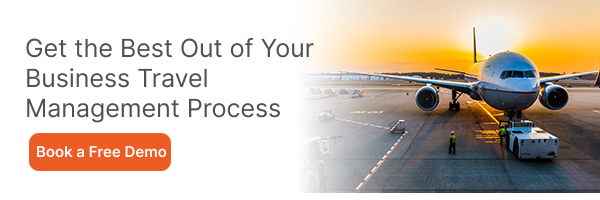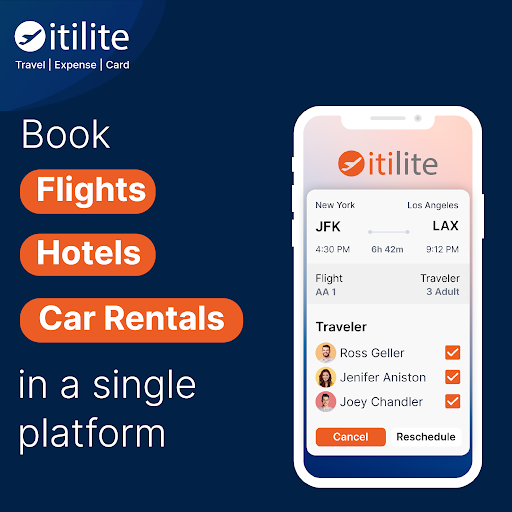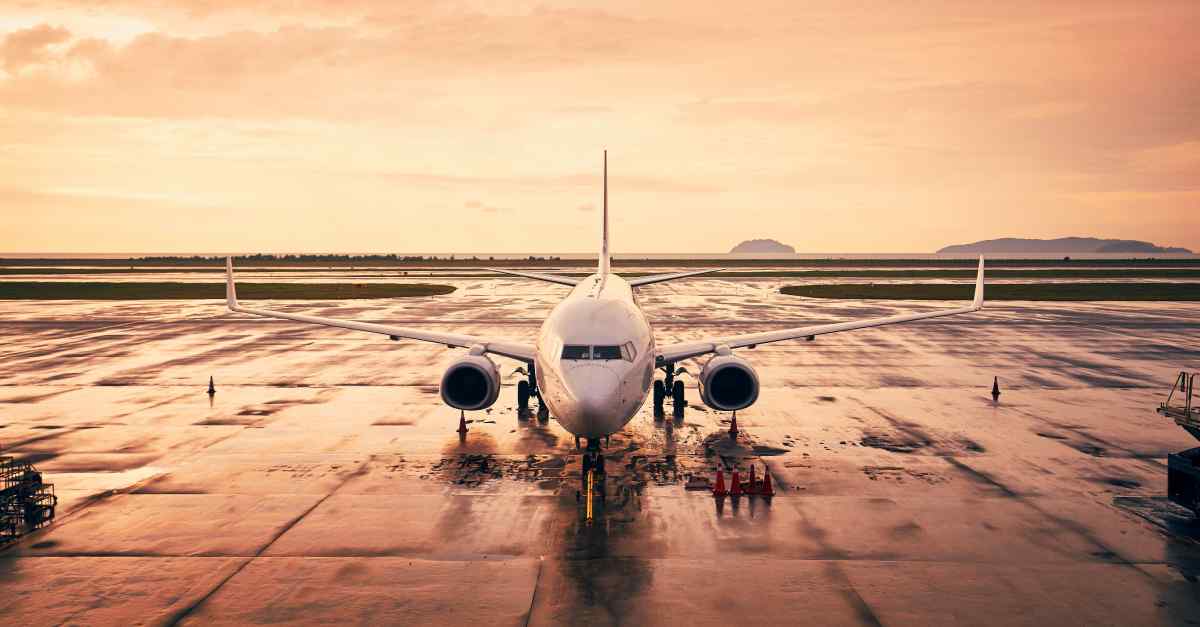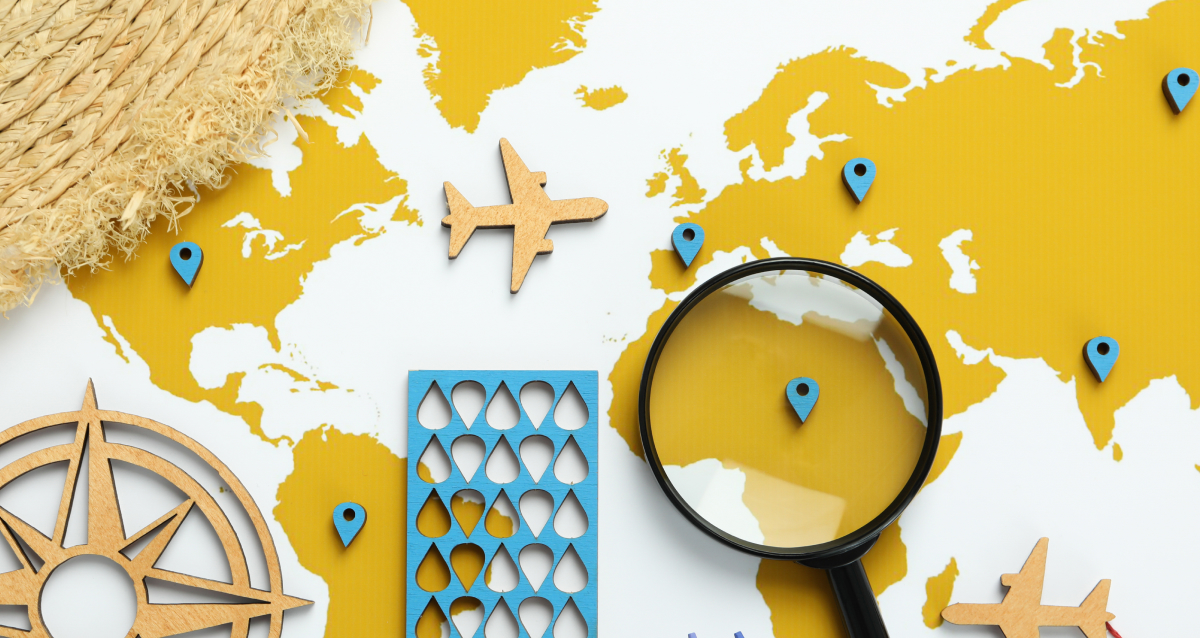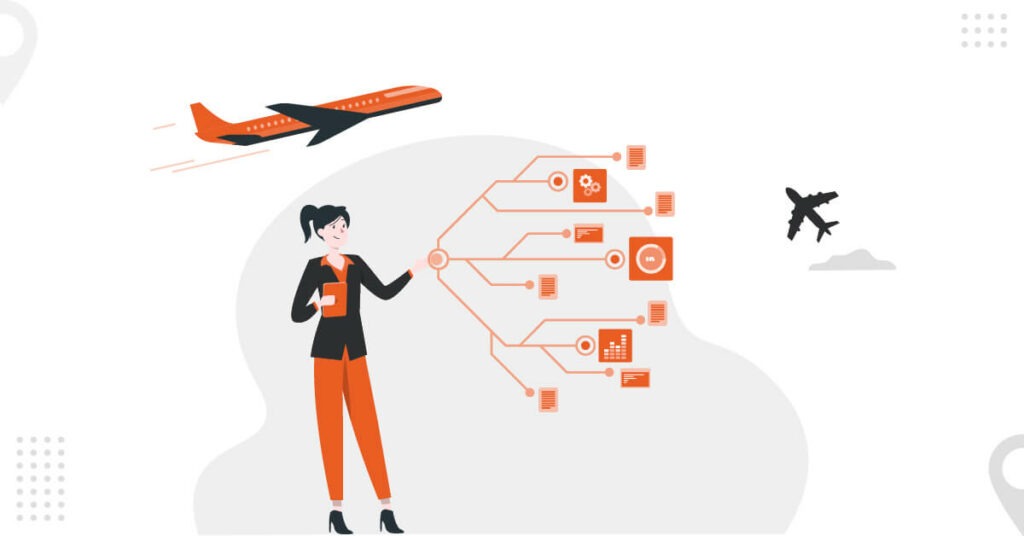
In today’s evolving business landscape, effective travel management is more important than ever. That’s why it’s essential for organizations to have a comprehensive understanding of their travel operations. It helps them make informed decisions about allocating resources and managing their company travel management programs.
This is where analytics comes in. By leveraging data and advanced analytics tools, organizations can gain a deep understanding of their travel program. Further, they can use this data to drive better outcomes and improve the effectiveness of company travel management.
Some of the major ways in which analytics boosts company travel management are:
1. Reduce Travel Costs
Controlling business travel expenses without negatively impacting the travel experience is essential to increasing a company’s profitability. In order to achieve this, you need to identify which metrics have the most significant impact on travel costs.
With the help of travel analytics, you can keep track of these metrics and make changes to your company travel management program to increase the ROI of business travel.
Some important metrics to consider are:
Trip Frequency
Check the number of trips taken per month, per employee, or per department and analyze whether all trips are necessary.
Trip Duration
A longer length of stay during a trip typically leads to increased travel costs. By analyzing the average number of nights per trip, it may be possible to identify cost-saving opportunities.
Flight Cost
The airline carrier, as well as the class of service, such as economy, business, etc., can greatly influence the cost of a flight. Additionally, booking flights during peak travel season and choosing add-on services such as in-flight meals can increase the overall cost. Nevertheless, there are hacks to get even first-class flights for cheaper rates.
Accommodation Cost
The location and type of accommodation can greatly influence the cost of a trip. Staying in more upscale or centrally located hotels with additional amenities, such as a fitness center, can significantly increase the cost of a trip.
Number of Last-minute Bookings
Flight prices are exceptionally high when the departure date is near. Controlling the number of last-minute bookings can reduce travel costs.
By carefully considering these factors and implementing guidelines to encourage cost-effective behavior, companies can minimize wasteful spending.
2. Improve Policy Compliance
Policy compliance is crucial to ensure the efficient use of business resources. Travel analytics can significantly contribute to it by providing a comprehensive view of out-of-policy employee bookings. With this information, organizations can examine the reasons behind policy non-compliance and determine whether updates or revisions to their policies are necessary.
Additionally, by consolidating travel data into a centralized view, travel analytics enables organizations to swiftly identify and address policy violations, reducing the likelihood of financial losses.
3. Improve Budget Planning
Budget planning is a critical aspect of business travel management. A well-defined budget is imperative in ensuring that the travel expenses align with the company’s financial framework. It also ensures that the company’s resources are utilized in a manner that boosts the ROI of business travel.
You can use analytics to create your company travel management budget in the following ways:
Benchmarking
Business travel analytics can compare whether your company is spending more or less than the industry average. You can also gain insights into the average cost of flight, hotel, per trip, etc. This information can be used to determine the expected cost of trips and set a budget that aligns with industry standards.
Spend Analysis
Analytics provides the ability to compare and analyze the costs of different travel options to determine the most cost-effective one. Additionally, analytics can assist in identifying areas where the company may be incurring excessive expenses or areas where additional investment is required to ensure efficiency.
Forecasting
Predictive analytics can be used to estimate future travel expenses based on data and trends. For instance, you get to know about the popularity of certain destinations or the preferred travel dates and times, which can help you make strategic decisions regarding travel planning and budgeting.
4. Increase Visibility Into Employee Spending
Having a comprehensive understanding of employee spending is essential for effective company travel management. With the help of travel analytics, companies can gain valuable insights into real-time employee spending by monitoring their purchases. This makes it easier to detect any unusual or excessive expenditures. As a result, companies can make informed decisions to improve their travel-related expenses.
5. Improve Vendor Negotiations and Management
Business travel analytics can provide data on the reliability, quality of service, and other performance metrics of different travel vendors. You can use this data to compare different vendors and select the best option based on their performance and the company’s needs.
Additionally, you can analyze the company’s past data to negotiate better terms with a specific vendor or switch to a more cost-effective option.
6. Mitigate Health Impacts on Travelers
During a business trip, it is essential for employees to maintain good health and avoid illnesses for optimal productivity. However, sometimes factors such as trip schedules and long layovers can negatively impact business travelers’ health.
With the aid of analytics, companies can monitor various indicators that affect the health and well-being of travelers. Further, they can take proactive measures to mitigate potential health risks. Some of the key factors that can lead to traveler fatigue and distress include:
Duration and Frequency of Travel
If an employee travels frequently and for longer durations, he may experience burnout.
Overnight Flights
Overnight flights, also known as red-eye flights, can disrupt the sleep schedule of travelers. Due to this, the traveler may feel exhausted when he reaches the destination. Moreover, taking many red-eye flights can also lead to changes in metabolism and a weakened immune system.
Duration of Layover
Frequent and long layovers lead to fatigue and irritability among travelers. Therefore, when they reach their destination, they may not be able to work to their best ability.
You can leverage analytics to analyze these factors for each employee and take steps to optimize routes and schedules.
7. Improve Traveler Experience
Companies can leverage travel analytics to measure KPIs that reflect traveler satisfaction and measure the effectiveness of the company travel management program. Further, they can use this data to optimize traveler experience in the following ways:
Personalization
Analytics can help travel companies personalize the travel experience for each individual traveler. For example, by analyzing a traveler’s past booking history, travel companies can suggest personalized itineraries, travel destinations, hotel recommendations, and activities.
Loyalty Benefits
By analyzing traveler booking patterns and preferences, companies can identify the vendors that are most frequently chosen by their travelers. This information can then be used to form partnerships with these preferred vendors. This allows travelers to gain additional loyalty benefits from them, further enhancing their travel experience.
Employee Satisfaction
Companies can measure employee satisfaction with the help of the Travel Net Promoter Score (TNPS). Companies can track the TNPS by getting feedback from employees after their business trip. You can also review the TNPS score to check whether you need to make improvements in your travel program.
8. Promote Sustainable Travel
Business travel contributes to a significant portion of the world’s carbon emissions, exacerbating climate change. According to a report, business air travel alone contributes to 2% of greenhouse gas emissions. Nevertheless, adopting sustainable practices can help mitigate the negative impact of travel on the environment.
You can use travel analytics to track the carbon emissions generated by air travel, ground transportation, and other travel-related activities. This data can help you understand the overall carbon impact of travel and identify areas where emissions can be reduced. Further, you can analyze flight data and determine the most efficient routes for air travel.
After meticulously evaluating your carbon footprint, you can invest in carbon offsetting projects and implement green initiatives to mitigate your company’s impact on the environment.
How can you Gain Access to Advanced Travel Analytics?
The primary goal of using travel analytics is to enable data-driven decision-making rather than relying on assumptions.
To achieve this, it is crucial to invest in a travel and expense (T&E) software solution that can provide accurate analytics. Such software not only gathers and analyzes data in an error-free manner but also presents it in a way that it is easy to understand, allowing you to make informed decisions.
T&E software helps you make better decisions with analytics with the help of the following features:
Data Visualization
T&E software presents data in the form of graphs and charts. By presenting data in a visual format, travel analytics enables you to identify patterns, trends, and relationships that would otherwise be difficult to interpret.
Customizable Dashboard
The analytical dashboard in T&E software can be tailored to meet a company’s specific needs. For example, you can view spending by department, employee, past month, etc. This ensures that the data displayed is actionable, allowing you to make informed decisions that drive better outcomes.
Detailed Reporting
Apart from charts and graphs, T&E software also provides regular detailed reports. These reports go beyond simple financial reporting, providing a deeper level of analysis for travel KPIs. Examples of reports include hotel cancellations, flight cancellations, trip approvals, passport expiry dates of travelers, and so on.
Virtual Travel Consultant
An advanced T&E software solution gives you access to a virtual travel consultant, with the help of which you can get actionable insights to implement the data. ITILITE Mastermind is the world’s first virtual travel consultant that can help you make these financial decisions.
With Mastermind, you can compare key metrics against those of similar companies of your industry to identify opportunities to improve your travel program.
Leverage Travel Analytics to Boost Company Travel Management
To fully realize the benefits of travel analytics and optimize your corporate travel management program, it is necessary to invest in a comprehensive T&E software solution. ITILITE provides advanced analytics that offers deep insights into the efficiency, cost, and impact of an organization’s travel operations.
Moreover, ITILITE also includes a virtual travel consultant that offers actionable recommendations to help you further improve your company travel management program. With these tools and capabilities, ITILITE empowers organizations to make data-driven decisions and achieve better outcomes in their travel management efforts.
To take advantage of all these benefits, book a demo now.

